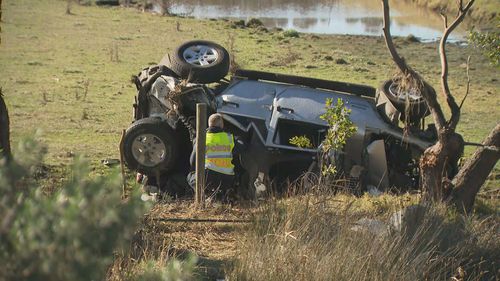New federal government figures show 1300 people were killed on Australian roads last year, a level not recorded since the 1960s, before compulsory seatbelts became law.
Last year’s road toll rose from 1258 in 2023, according to data from the government’s Bureau of Infrastructure and Transport Research Economics (BITRE).
It was Australia’s worst result since 2012, which also recorded 1300 fatalities.

The research shows a big jump in road deaths at the close of last year, with 359 people killed in the three months up to December.
Concerningly 2024 was also the fourth consecutive yearly increase, a situation last experienced in 1966..
Analysis from the Australian Automobile Association (AAA) provided a breakdown of the figures in state and territories.
The ACT recorded 11 deaths last year compared with four in 2023, a jump of 175 per cent.
There were 58 fatalities in the Northern Territory, an 87 per cent year-on-year rise, ahead of Western Australia (17 per cent), where the number of deaths rose by 27.
Fatalities in Queensland jumped by the same number, from 277 in 2023 to 302 last year.
Encouragingly, some states bucked the trend.
Road deaths in Victoria fell from 296 to 281, while the 340 fatalities recorded in NSW were the same as 2023.
In the wake of the grim figures, the AAA has urged the federal government to overhaul its road safety policies.
It says the Albanese government’s National Road Safety Strategy’s target of halving road deaths through the decade to 2030 is wildly off-track.
“It is clear current road safety approaches are inadequate and that more action is required to save lives,” AAA managing director Michael Bradley said.
The AAA is demanding federal cash for any road building or improvements should be dependent on state and territory governments releasing a five-star scoring system on the condition of a road, known as AusRAP.
The benchmark uses engineering and other analysis to identify which roads most need safety upgrades.
“This critical data must be embedded into the road funding allocation process so investment can be prioritised to our most dangerous roads,” Bradley said.








